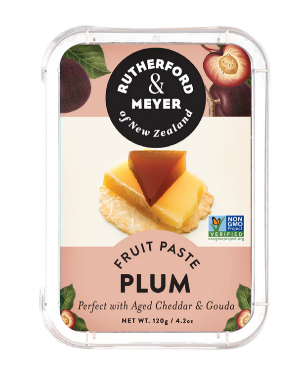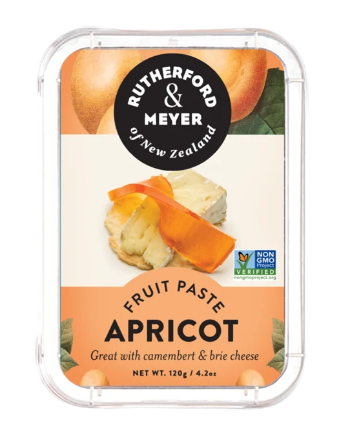If you're considering purchasing French linen, you may be wondering if its truly everything the die-hard fans say it is. We will help you do your due diligence, before you invest your hard-earned money into this product.
It's likely you've heard about French linen and thought to yourself, why does this linen get so much attention just for being French? Or maybe you're part French and thinking - hey! No one hypes me up like that!
We'll take a close look at the history of French linen and what it is that makes it so special. Hopefully our brief overview will clear up some confusion and help you decide whether or not its worth the investment.

History of Linen
Linen is a textile made from the fibres of the flax plant. It is one of the oldest textile fibres in existence, with evidence of linen fabric dating back to 8,000 BC.
The Egyptians were particularly skilled in linen production, and linen was used extensively in ancient Egypt for clothing, mummy wrappings, and sails.
The word "linen" comes from the Latin for flax, linum. In medieval Europe, linen was a super important commodity. It was often used as currency or traded as a form of payment. Families would save up their linen for years to pay for their taxes.

History of French Linen
French linen has a long and storied history. The first recorded mention of 'French' linen dates back to the 9th century, when Charlemagne's biographer Einhard wrote about the Emperor's gift of a piece of French linen to Pope Leo III. Since then, French linen has been prized for its beauty and quality.
During the Middle Ages, French towns specializing in linen production sprang up all over the country. These towns became known as "les villes de linge" or "linen cities." Many of these towns are still known for their high-quality linen today.

So, What Is it About French Linen?
There are several qualities that make French linen so special, once you're finished reading, there will be no product you don't want made using this incredible fibre.
A Strong and Durable Fibre.
Linen fibres are incredibly durable, they're twice as strong as cotton fibres, making them less likely to tear or break when they are woven into fabric.
This makes French linen ideal for those items like tablecloths and bedding. These are the products we need that see a lot of use and are expected to last a long time.

Naturally Absorbent
Another quality that makes French linen so desirable is its natural absorbency. Linen fabric can absorb up to 20% of its own weight in moisture without feeling damp or clammy, making it perfect for summer clothing or towels and bedding that will be used in humid climates.
But Breathable
Because it is absorbent but not water-repellant (like synthetic fabrics), it breathes well. This is why it's often used in baby clothes and other garments where comfort is paramount.
And Quick Drying
Because it dries quickly after getting wet (unlike cotton), it is also ideal for active-wear like swimsuits or athletic shirts where quick-drying fabric is a must-have feature.
These qualities ensure French linen's popularity in a huge range of items. Strong, absorbent, breathable - it's perfect for summer clothing, year-round bedding and those items that work hard.

So How Do We Get Linen From Flax?
Flax is a plant that is harvested for its fibers, which are used to make linen. Firstly, a quick note for New Zealanders - linen flax isn't the plant you're thinking of (Harakeke), this is an odd misnomer.
Our flax isn't even in the Linum genus, its genus is Phormium. It was casually called flax by settlers due to it sort of resembling the long thin leaves of the flax plant they were familiar with.

Enough of The What - Back to The How
After harvesting, the process of making linen from the flax plant involves stripping the plants. The bark and the inner woody core are stripped from the plant, leaving only the long fibers. It's these fibers that are spun into yarn - which can be used to weave or knit fabric.
The process of making linen is similar to how other textile fibers like cotton or wool are made. However, there are some key differences that make French linen unique.

The flax plant is grown in cooler climates, (like northern France). This results in a stronger fiber that is less likely to break during spinning or weaving.
French linen yarns are usually much finer than those made from other fibers. This makes the fabric stronger, softer and more delicate - but also more expensive - here comes the why!
Why Is It So Expensive?
The flax plant is a labor-intensive crop to grow, and it requires a lot of land. The climate in France is ideal for growing flax, which is why most of the world's supply comes from there.
The high cost of flax makes French linen more expensive than other types of linen. The labor-intensive process of extracting the fibers and spinning them into yarn also contributes to the cost.
It can take up to two years to harvest enough flax to make half a kilogram (one pound) of linen yarn. This makes French flax linen more expensive than other types of linen.

Is That Cost Worth It?
There are several reasons why French linen is worth the price, we've talked about its unique qualities. These things are what makes it worth the price, e.g., its durability means it will last a long time.
Linen also gets softer with each wash, so it will become more comfortable over time. Speaking of comfort - being a natural fibre that is breathable and absorbent means this gorgeous fabric is ideal for any weather.
And of course, French flax linen has a beautiful natural texture that adds interest to any outfit or bed spread.

Things To Consider
Because it is such a durable fabric, French linen can be quite stiff when new and may require some breaking in.
Fortunately, Strangers Collective's in-house linen collection has been stonewashed, so it is already beautifully soft - ready to sink right into for a dreamy sleep.
Linen can wrinkle easily if it's not ironed properly (due to its absorbent nature). So the effort that is put into growing, harvesting and processing needs to continue when you take your sheets home. After such consideration and investment when purchasing these sheets, it's only natural to want to care for them well.
Remember natural fibers may shrink slightly when washed for the first time - so launder with care. In the grand scheme of things, this level of care is minor compared to the many benefits of owning French linen clothing and sheets.
Investing in purchasing items once (instead of re-purchasing every few years) is a wonderful way to reduce your impacts on the earth. With proper care and thought put into your purchase, you can ensure your French linen products last a lifetime.

French Linen is Definitely Worth the Hype!
It's a luxurious fabric that has a long history, and it's made from a natural fiber that is both strong and durable.
The process of making linen is labor-intensive, but the end result is a beautiful fabric that is perfect for everything from clothing to home decor.
If you're looking for something special that lasts, French linen is absolutely worth the investment.
Browse our gorgeous collection of in-house French flax linen sheets, duvets and pillowcases. Get inspired by our fabulous colour palette and create a peaceful sanctuary in your bedroom.


 Because the internet always needs a cat pic
Because the internet always needs a cat pic






